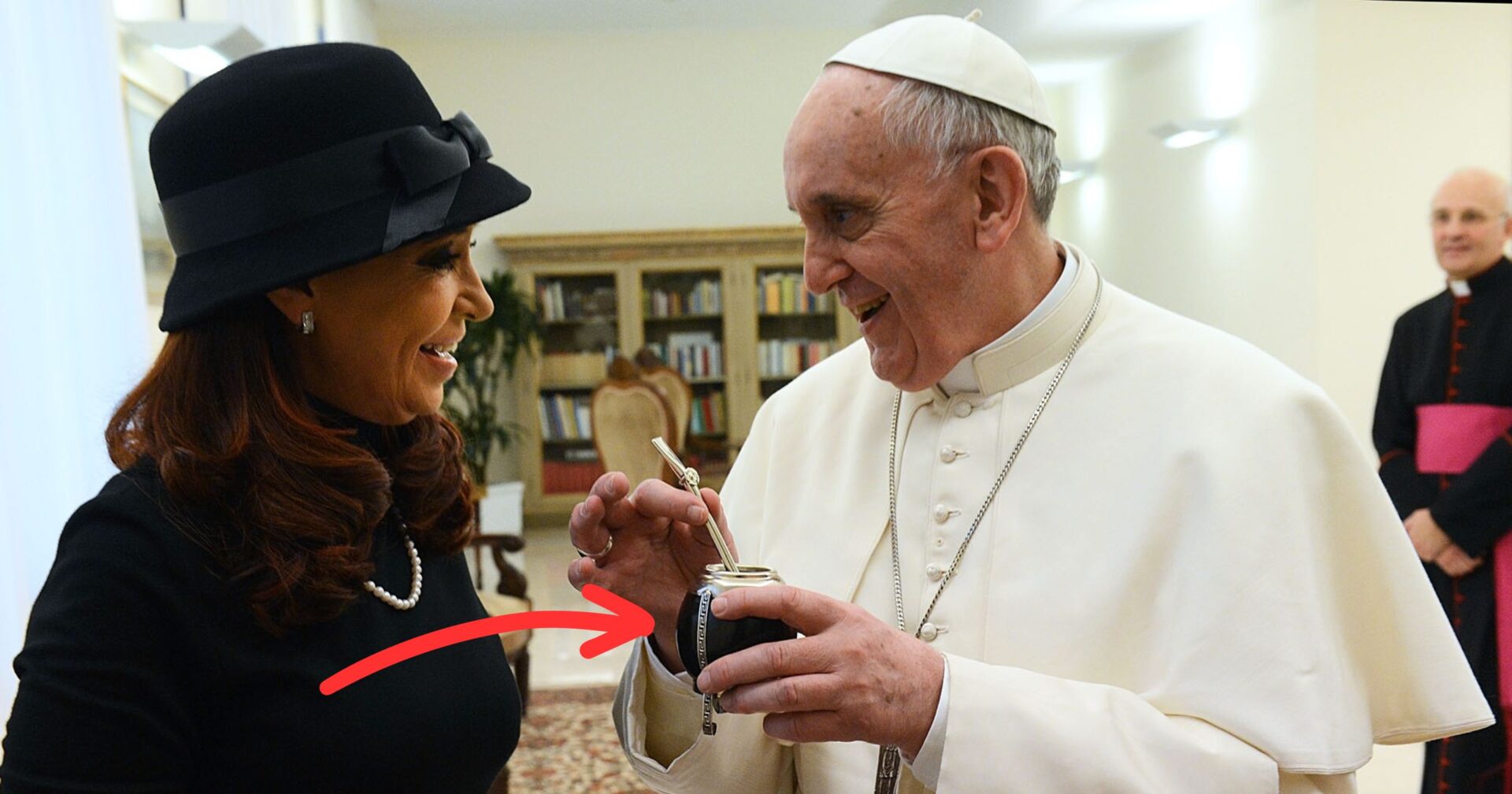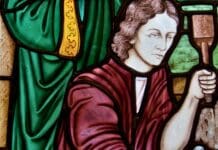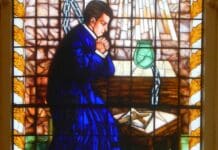Yerba maté is an increasingly popular alternative to the standard coffee or tea, a drink originally native to South America. If you’ve ever enjoyed the brewed infusion of maté, you have the Jesuits to thank.
Prior to the arrival of Jesuit missionaries in South America, indigenous peoples would harvest leaves from growths of wild maté plants found in the select most fertile regions of the rainforest to make the drink. When Jesuit missions were set up to evangelize the Guaraní people, they needed money to pay local taxes and acquire products they could not produce themselves.
They petitioned the Spanish Crown for permission to produce and export yerba maté as it was currently banned by the local Spanish governorate. Getting permission, they first began harvesting and exporting yerba maté the traditional way, sourcing it from the the rainforest.
From the 1650s to 1670s, the Jesuits discovered the secret to the domestication of the maté plant – till then, their yerba contemporaries had found it extremely difficult to do so. The technique involved feeding the seeds to birds or emulating the passage of seeds through a bird’s digestive tract – a technique they kept a trade secret.
The Jesuits were able to use their technique to grow vast fields of maté and export it throughout the South American Spanish governorates, burgeoning the pre-industrialization of maté farming. Their brand became known as the “the elixir of the Jesuits” or Jesuit tea, in Spanish té de los Jesuitas and in German Jesuitentee. If not for the Jesuits, yerba maté may forever would have been a mystery to the farmer looking for the secret to tame the plant.
Yerba maté is associated with the devotion to Our Lady of Caacupé: tradition speaks of a Guarani sculptor named José, who had converted to Catholicism through the Jesuits.
Once José was being pursued by a group of the Mbaya people, who had not converted. He asked for Mary’s intercession and vowed if she keep him safe, he would carve and venerate an image of her.
Mary appeared to José, telling him ka’aguý cupe-pe, Guarani for behind the yerba mate shrubs. He went and found a tree trunk, hiding himself behind it his as his pursuers ran on by. José fulfilled his promise and carved the statue, thus forever entrusting Our Lady of Caacupé as the patroness of Paraguay.
Yerba maté is also the favorite of Pope Francis, who drinks it every day for his “nerve” problems: “must treat them well, these nerves, give them maté every day.”
Photo Credit: Casa Rosada via Wikimedia Commons

















